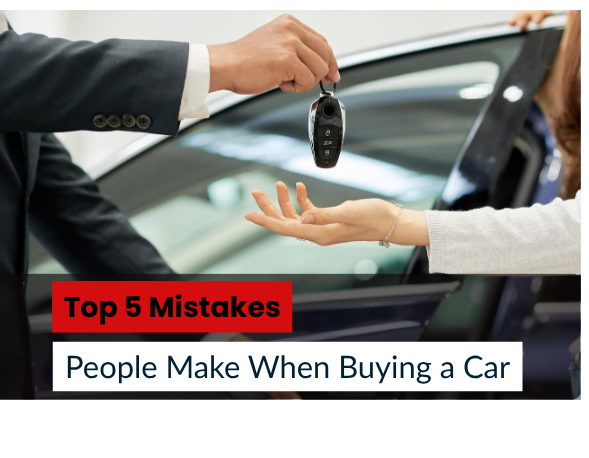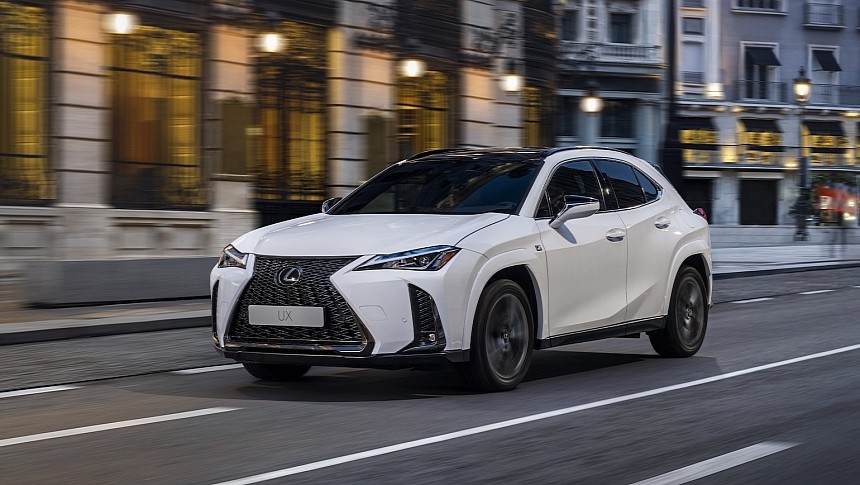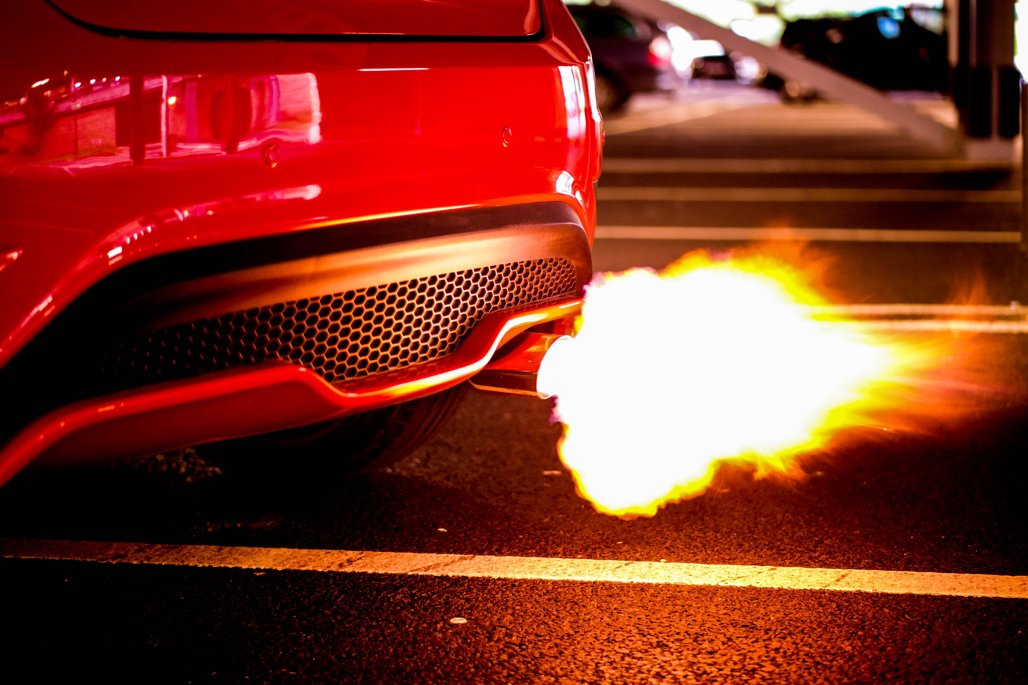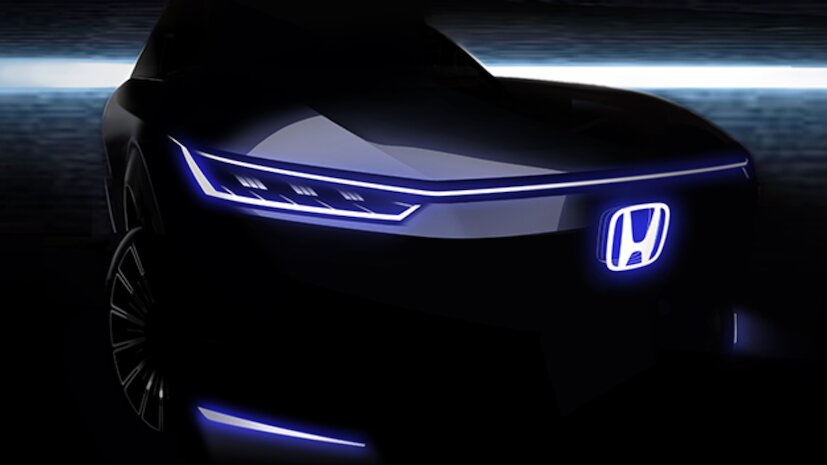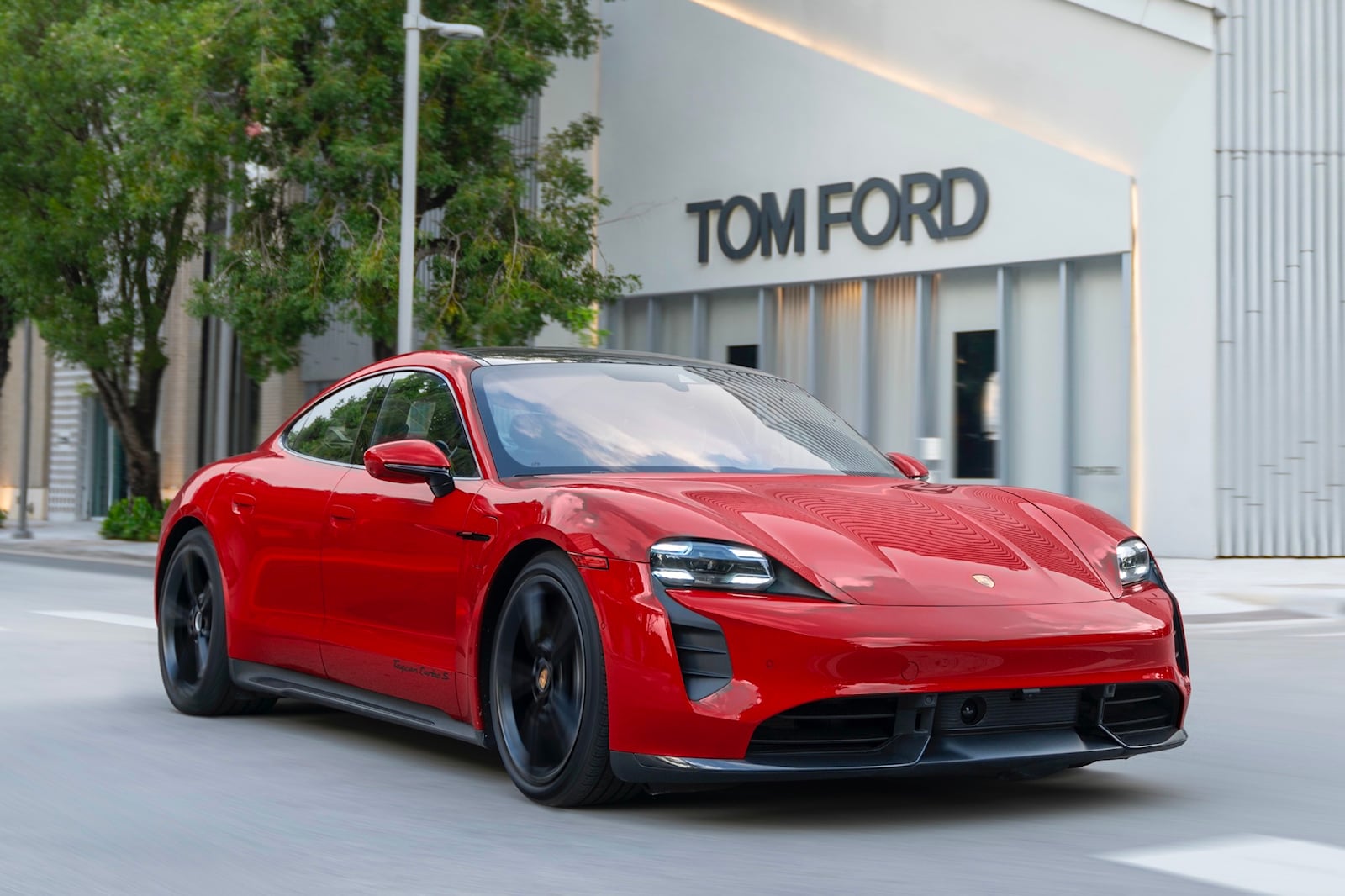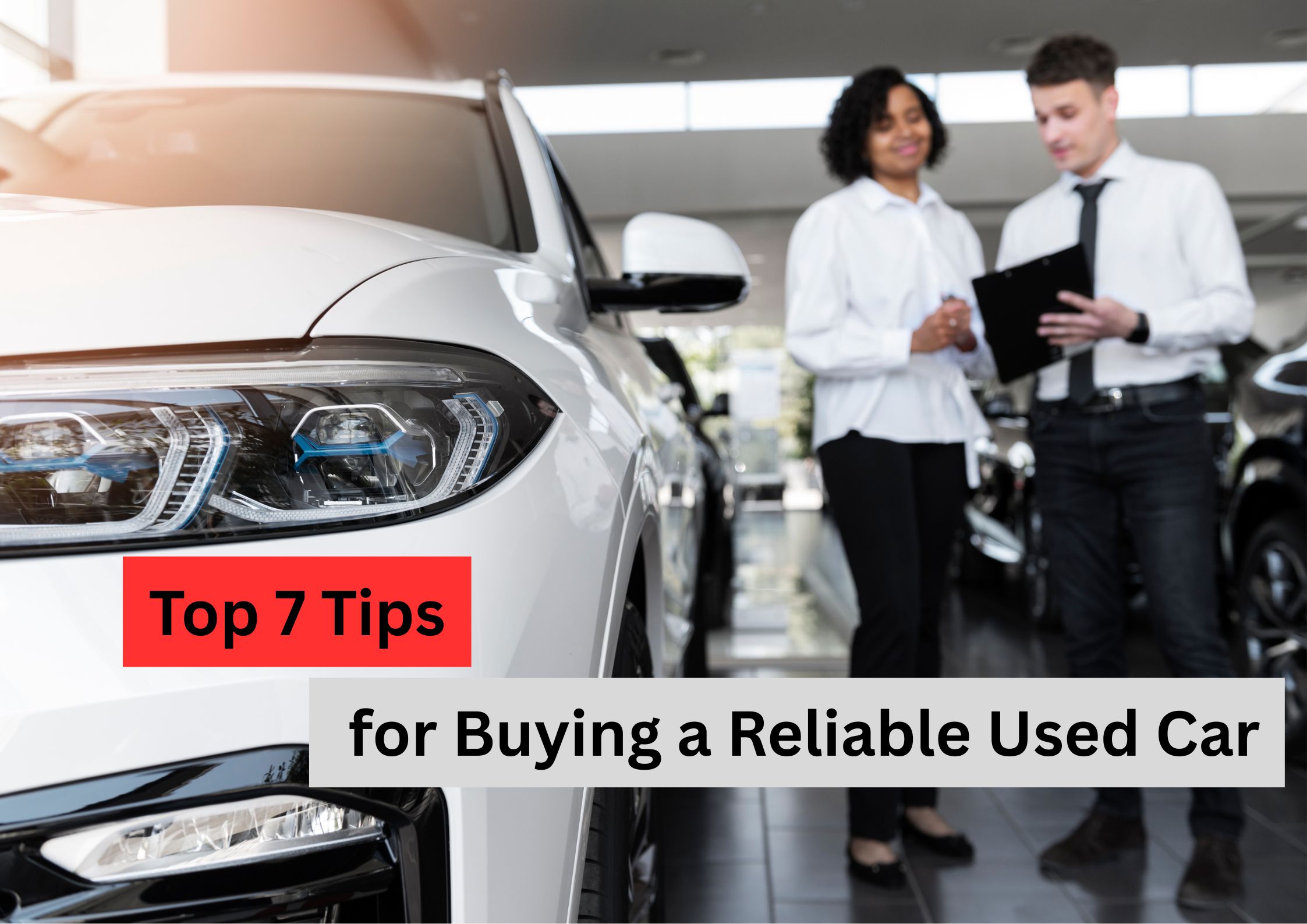Top 5 Mistakes People Make When Buying a Car
Tips for Buying the Right Car With so many vehicles and choices available, buying a car in Frankfort can feel challenging. Many buyers make common mistakes, such as failing to set a realistic budget, overlooking vehicle history, ignoring financing options, skipping the test drive, or failing to research the dealership. These missteps can lead to higher costs, unexpected repairs, and buyerâs remorse. Understanding these pitfalls is the first step toward making a confident, informed purchase. The best way to make the right choice is to work with a trusted local dealer who understands your needs. At Auto BSA, we pride ourselves on being one of the best car dealers near you, offering honest advice, transparent pricing, and a variety of vehicles for every budget. Whether youâre purchasing your first car or upgrading, our expert guidance ensures you choose a reliable vehicle that fits your lifestyle. With our support, you can make a confident decision and drive home happy, knowing you got the right car at the right price. 1. Not Setting a Realistic Budget One of the most common mistakes people make when they decide to buy a car is skipping the budgeting step. Setting a realistic car budget isnât just about how much you can pay each month; itâs about understanding the total cost of ownership, which includes insurance, maintenance, fuel, registration, and unexpected repairs. Without a solid plan, buyers often stretch their finances too thin or end up with a vehicle that costs more to maintain than expected. Why Budgeting Matters Smart budgeting allows you to know exactly what you can afford before visiting dealerships or browsing online listings. Itâs one of the best car-buying tips because it helps you focus only on vehicles that fit your financial situation, avoiding emotional decisions that lead to overspending. How to Plan Your Car Budget Wisely To plan your car budget wisely, start by evaluating your monthly income and essential expenses. Financial experts often recommend spending no more than 15%â20% of your monthly income on car payments, including insurance. Next, determine whether youâll pay in full or finance your car with an auto loan, and always factor in interest rates and loan terms. If youâre exploring tips for buying a used car, budgeting becomes even more crucial. While used vehicles can save you money upfront, they may require additional funds for maintenance or part replacements. Set aside an emergency fund for potential repairs and always get a professional inspection before purchase. Also, consider long-term ownership costs, fuel efficiency, warranty coverage, and resale value. A well-thought-out car purchase budget ensures you make a confident, informed decision and prevents buyerâs remorse down the road. 2. Ignoring Vehicle History and Condition When it comes to used car buying tips in Frankfort, IN, one of the most important steps is checking the vehicleâs history report before making a purchase. A car may look perfect on the outside, but its past could reveal serious issues like previous accidents, title problems, flood damage, or inconsistent mileage records. Always Check the Carâs History Report Request a comprehensive vehicle history report from trusted sources. These reports provide details on ownership history, service records, and potential red flags that could affect performance or resale value. Reviewing this information helps you make an informed decision and avoid costly surprises down the road. If youâre buying from a private seller, take extra care, ask for maintenance receipts, and consider getting a professional vehicle inspection before signing any papers. These small steps can save you from expensive repairs later on. How Our Dealership Ensures Quality At our dealership in Frankfort, IN, we take pride in offering only well-maintained, reliable vehicles. Every car on our lot undergoes a thorough multi-point inspection performed by certified technicians. We evaluate engine performance, brakes, tires, electrical systems, and safety features to ensure that each vehicle meets our high standards. Our team follows proven vehicle inspection tips and uses diagnostic tools to catch potential issues early. We also provide a detailed vehicle history report with every used car so you can buy with confidence, knowing exactly what youâre getting. By combining transparent history checks with expert inspections, we give our customers peace of mind and ensure that every vehicle is road-ready and dependable. 3. Overlooking Financing Options One of the most common mistakes car buyers make is not exploring enough car financing options before finalizing their purchase. Taking the time to compare loan offers from banks, credit unions, and dealership partners in Frankfort, Indiana, can make a big difference in your long-term savings. Each lender may offer different interest rates, loan terms, and repayment conditions, so itâs important to review all available options. Comparing Car Loan Options Look for transparent terms, check for hidden fees, and use online calculators to understand your total payment over time. Smart car financing in Frankfort, Indiana, starts with knowing your credit score and getting pre-approved, which often gives you better negotiating power at the dealership. Avoiding High-Interest Mistakes When buying a car, many buyers rush into financing without fully understanding the long-term impact of high interest rates. One of the most costly financing mistakes when buying a car is agreeing to a loan with an unfavorable rate or term just for quick approval. Always read the fine print and compare the total cost of the loan, not just the monthly payment. If possible, make a larger down payment to reduce your loan balance and overall interest costs. Also, avoid extending the loan term too long, as it increases the total amount you pay. Following these car loan tips will help you make a financially sound decision and ensure your new vehicle fits comfortably within your budget. 4. Skipping the Test Drive One of the biggest mistakes car buyers make is skipping the test drive. A vehicle may look perfect online or on the lot, but only a test drive reveals how it truly performs. Itâs your chance to assess comfort, handling, visibility, and overall performance before making a decision. Why Test Driving Is Essential Following car test drive tips helps you ensure that the car meets your expectations for both daily driving and long trips. During the drive, pay attention to how the vehicle accelerates, brakes, and turns, and make sure it feels stable on different road conditions. A few minutes behind the wheel can help you avoid costly surprises later. What to Look for During Your Test Drive When taking a car for a spin, focus on more than just how it feels to drive. Listen carefully for unusual noises from the engine, brakes, or suspension. Test all interior features â air conditioning, infotainment system, lights, and mirrors â to confirm everything works properly. Another key part of what to check before buying a car is making sure the seating position is comfortable and visibility is clear from all angles. Donât rush the process; drive both in city traffic and on the highway if possible. The goal is to feel confident that the car is reliable, safe, and suits your driving style before finalizing the purchase. 5. Not Researching the Dealership Many car buyers focus only on the vehicle itself and forget how important the dealershipâs reputation is. Buying from a trusted car dealer ensures transparency, reliability, and peace of mind throughout the entire process. A reputable dealership provides accurate vehicle history reports, honest pricing, and quality customer service â all crucial factors when making a major purchase. Importance of Buying from a Trusted Dealer Before buying, take time to research online reviews, verify certifications, and check how long the dealer has been in business. Working with a dealership that values integrity helps you avoid hidden fees, poor-quality vehicles, and stressful post-sale experiences. Doing your homework before signing any paperwork ensures youâre getting both a great car and dependable support. Why Frankfort Drivers Trust Auto BSA At Auto BSA, customer satisfaction and quality are top priorities. Local drivers in Frankfort and nearby areas trust Auto BSA because of our transparent process, expert guidance, and commitment to helping buyers find the right car for their budget and lifestyle. Every vehicle undergoes a detailed inspection and comes with a verified history report for complete confidence. Our team believes in honesty, professionalism, and long-term customer relationships, not just quick sales. Whether youâre looking for financing help, trade-in options, or advice on your next vehicle, Auto BSA is here to make your car-buying experience smooth, safe, and enjoyable. Thatâs why so many Frankfort drivers continue to recommend Auto BSA to friends and family. Avoid Mistakes and Find the Right Car with Auto BSA Buying a used car can be exciting, but avoiding common mistakes makes all the difference between a smart investment and future headaches. From setting a realistic budget and checking the vehicleâs history to comparing financing options and taking a thorough test drive, every step matters. Doing your research and working with a trusted local dealership ensures a smooth, stress-free experience. At Auto BSA, weâre here to guide you every step of the way. Our team helps Frankfort drivers make confident choices with transparent pricing, detailed vehicle inspections, and flexible financing options. If youâre ready to find your next reliable vehicle, visit Auto BSA in Frankfort, Indiana, or browse our online inventory today. Let us help you drive home in a car youâll love, without the costly mistakes.


